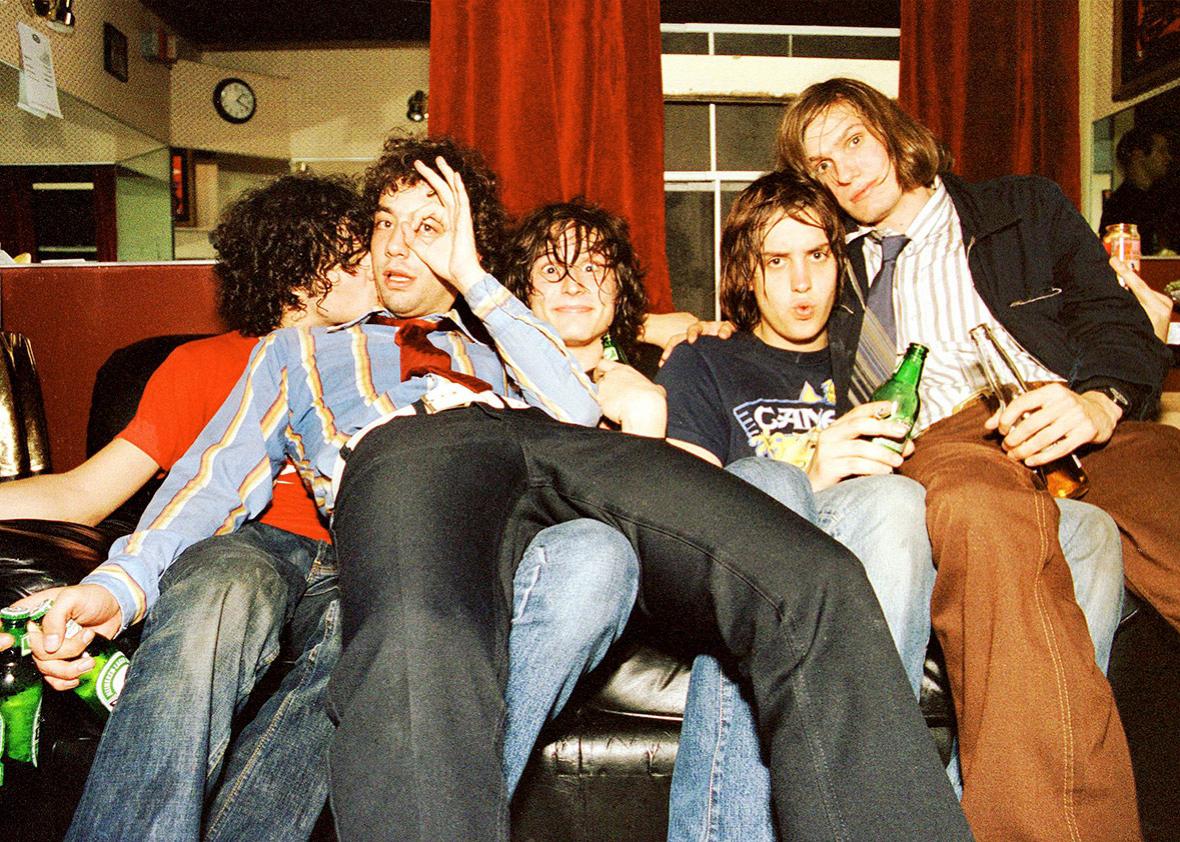Film review: Meet Me In The Bathroom runs into too many limitations that the inspired book never needed to
"Just read the book" has rarely been more applicable when it comes to this frustrating depiction of the early 00s New York rock scene

Like every indie rock fan my age, I devoured and marvelled at Lizzy Goodman’s 2017 book Meet Me in the Bathroom, undeterred by the fact that it’s as thick as a brick. What a feat of music journalism it is – a 600-page history of the New York music scene from 2001-2011, told exclusively in the form of an oral history, by practically every artist involved. How do you even go about starting to write a book like that? There is an answer to that that’s so simple it belies the craft and hard yards of Goodman’s bestseller: you essentially spend hundreds of hours interviewing everyone from The Strokes to Vampire Weekend and then you spend a thousand more editing what you have into a comprehensive, entertaining, truthful story.
Nostalgia played more than its part in making it such a hit, but it was Goodman’s edit job (and her ability to use one interview to influence the next so effectively) that made her book such a frequently funny page-turner. From what I remember, The Strokes – and especially Julian Casablancas – came out of it as the undisputed heroes of the scene; James Murphy, not so much.
The movie shares the book’s name and premise, but it is not an adaptation. From the team that made the excellent LCD Soundsystem film Shut Up And Play The Hits, it’s a documentary made up of lost live footage, old video interviews and pre-existing audio interviews. And herein lies its own challenge (and limitations) – of telling this tale with what it has, rather than what is has created. Inevitably, it focuses on far fewer bands, and a shorter timeframe, which is no big problem because we’re all here for The Strokes, Interpol, Yeah Yeah Yeahs and LCD.
It’s curiously light on music from the time, offering us instead plenty of early live footage and photos, the strongest being The Strokes’ famous Mercury Lounge residency, The Strokes generally pissing about and the Yeah Yeah Yeahs’ Brooklyn yard party. For obvious reasons, none of it hits anywhere near as hard as the still shocking footage of planes flying into the World Trade Center, while other unseen video sees Paul Banks of Interpol at the site walking amongst the ash.
But despite its best efforts, Meet Me in the Bathroom struggles to not frustrate when we hear quotes from its stars that can’t be followed up with an obvious question now hanging on the air. They are time capsules, and we (and the film producers) have to make do and live with them as they are, while, after a time, the old footage strangely starts to make the scene feel more insular and less exciting than we’ve ever allowed ourselves to imagine.